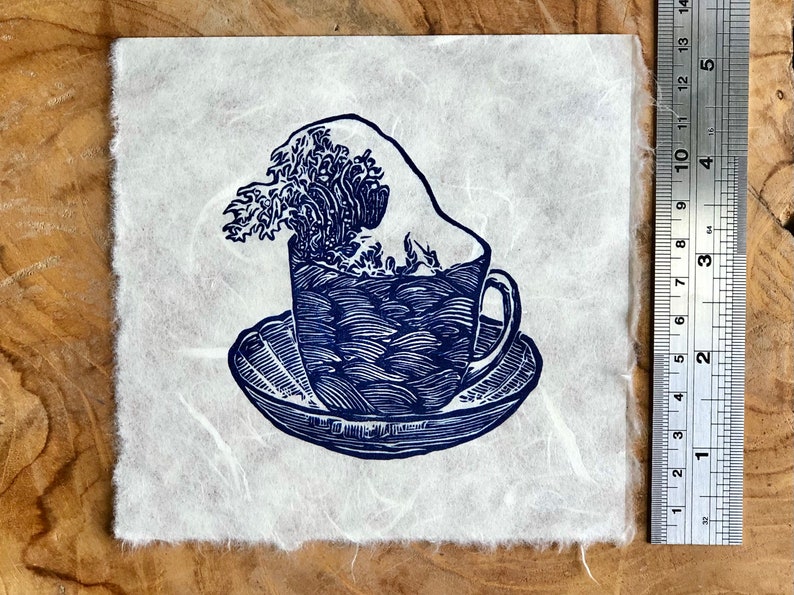
In cooler areas (zones 3-8) the bulbs should be planted outdoors in the spring, after all danger of frost. In zones 9-11 they can be grown outdoors year-round. Sun or Shade: Elephant ears will grow in sun or shade. If you grow them in a hot, sunny location, be sure they get a little shade during the middle of the day.

Note that a healthy elephant ear tuber will feel firm and heavy, and have a dry exterior. Smaller tubers (like the one on the right) produce smaller plants with less foliage. They grow into big plants with strong stems and abundant foliage. We offer large tubers that are 9-11 inches in circumference. As with other bulbs, elephant ear tubers are graded by size. It’s easy to see the difference in quality when you compare two elephant ear tubers side by side. Their leaves often have a velvety surface texture and the tip of the leaf usually points either down or outward. Colocasia typically have a more spreading habit.

Upright elephant ears (Alocasia) usually have shiny leaves and the tip of the leaf points upward. They also combine beautifully with other summer bulbs and flowering annuals. Their immense, heart-shaped leaves can measure up to 2 feet across, with foliage colors ranging from lime green to almost black. Elephant ears can easily hold their own as a solo plant in the garden or in a large container.

Your Guide to Planning, Planting, and Growing Elephant EarsĪlocasias and colocasias, better known as elephant ears, are impressive tropical plants that are prized for their dramatic foliage.


 0 kommentar(er)
0 kommentar(er)
